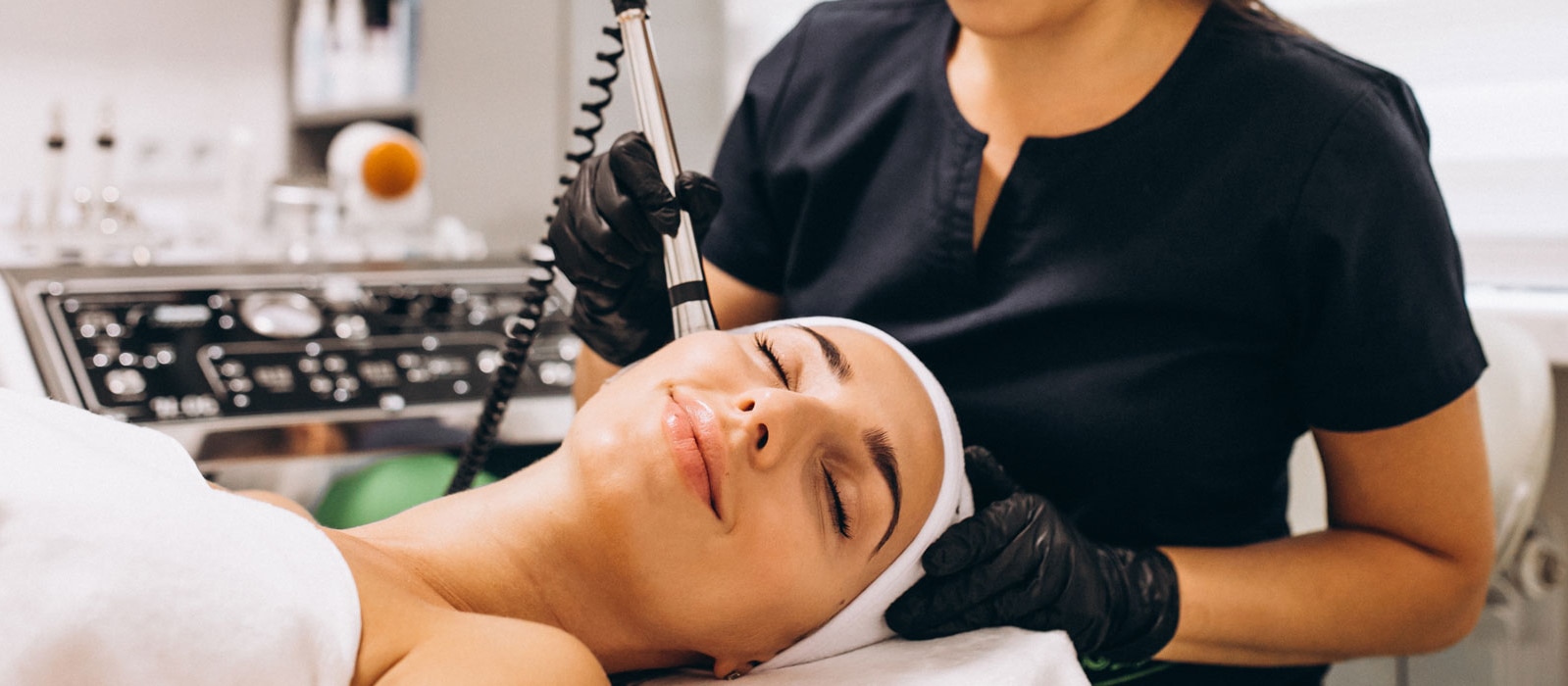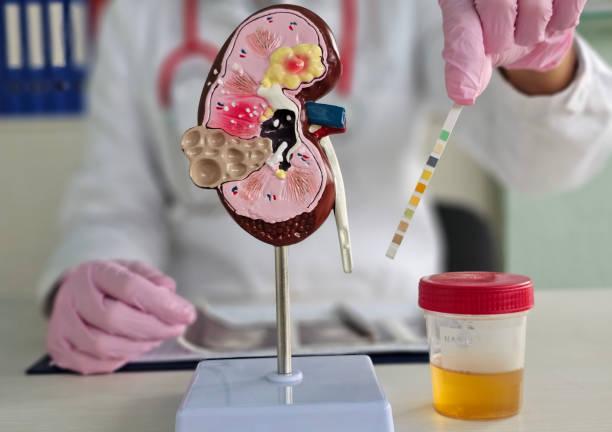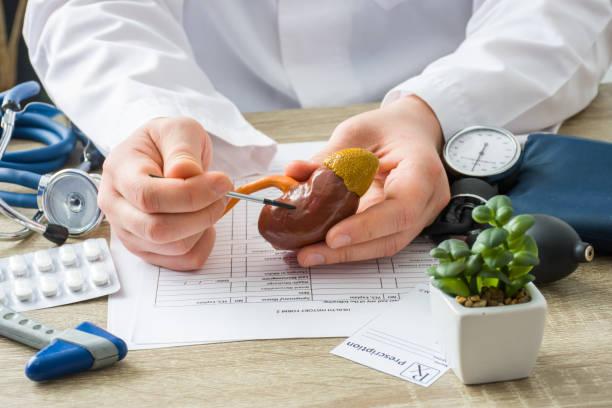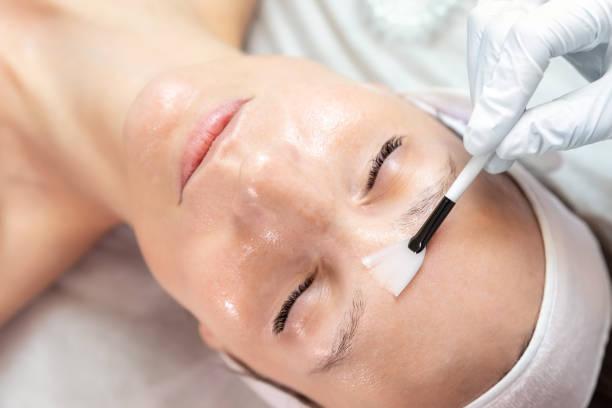SKIN BIOPSY
A skin biopsy is a medical procedure in which a small sample of skin tissue is removed and examined under a microscope to diagnose various skin conditions or diseases. Here's an overview of the process:🔍 Purpose of a Skin BiopsyDiagnose skin conditions (e.g., psoriasis, eczema, infections).Identify skin cancers (e.g., basal cell carcinoma, melanoma).Investigate unexplained skin lesions or rashes.🧪 Types of Skin BiopsiesShave BiopsySuperficial layer removed with a blade.Used for raised lesions or superficial growths.Punch BiopsyA circular tool removes a deeper, cylindrical core of skin.Ideal for inflammatory conditions or deeper analysis.Excisional BiopsyEntire lesion is removed with a scalpel.Common for suspected skin cancers.Incisional BiopsyOnly a portion of the lesion is removed.Used when the lesion is too large to remove entirely.🩺 ProcedureLocal anesthesia is applied.Biopsy is performed using appropriate technique.Wound may be closed with sutures or bandaged.Sample sent to a pathology lab.⚠️ Aftercare and RisksAftercare:Keep the area clean and dry.Watch for signs of infection (redness, pus, fever).Avoid heavy activity if stitches are present.Risks:InfectionBleedingScarringAllergic reaction to anesthesia (rare)🧬 ResultsUsually available in 1–2 weeks.Pathologist examines tissue for abnormal cells or disease markers.Results guide treatment decisions.
READ MORE










